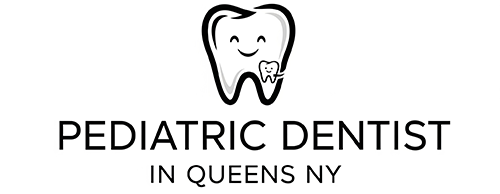Dental implants have become a popular solution for missing teeth, but many people wonder whether they’re purely cosmetic or serve a medical purpose.
This question impacts insurance coverage, treatment decisions, and perceptions of oral health.
Let’s explore the nuances of dental implants, their functional benefits, and how they straddle the line between aesthetics and medical necessity.
Understand what dental implants are
Dental implants are titanium posts surgically placed into the jawbone to replace missing teeth.
They act as artificial roots, supporting crowns, bridges, or dentures.
Unlike dentures, implants fuse with the bone, providing stability and preventing bone loss.
Dental implants: Cosmetic vs. medical benefits
While implants improve the appearance of a smile (a cosmetic benefit), their primary purpose is often functional.
Missing teeth can lead to bone deterioration, shifting teeth, and difficulty chewing or speaking.
Implants address these issues, making them a restorative rather than purely cosmetic treatment.
When insurance covers dental implants
Most insurance companies classify procedures as “cosmetic” if they’re elective and solely for appearance.
However, many plans cover implants partially or fully if they’re deemed medically necessary.
Examples include tooth loss from injury, disease, or congenital conditions.
Always verify with your provider, as coverage varies.
The role of aesthetics in implant popularity
Implants are often chosen for their natural look, which fuels the perception that they’re cosmetic.
However, their ability to restore facial structure (preventing a “sunken” appearance from bone loss) highlights their dual role.
Celebrities and influencers have also boosted their appeal as a luxury dental solution.
Long-term health benefits of dental implants
- Prevent bone loss: Implants stimulate the jawbone, unlike dentures.
- Improve oral health: Gaps from missing teeth can trap food, raising decay risks.
- Enhance nutrition: Stable teeth allow for better chewing of healthy foods.
How to determine if your case is cosmetic or medical
Consult a dentist to evaluate:
- Cause of tooth loss: Trauma or decay vs. aesthetic preference.
- Health impacts: Difficulty eating, speech issues, or jaw pain.
- Alternatives: Are bridges or dentures sufficient for your needs?
The cost factor: Cosmetic vs. medical classifications
The average cost of a single implant ranges from 3,000 to 6,000, depending on materials and location.
If classified as cosmetic, patients pay out-of-pocket.
However, some flexible spending accounts (FSAs) or medical loans can help offset costs.
Alternatives to dental implants
- Dentures: Affordable but less stable.
- Bridges: Fixes gaps but requires altering adjacent teeth.
- Composite bonding: For minor cosmetic fixes (not replacements).
What recent studies say about implants
A 2023 report by the American Dental Association (ADA) found that 90% of implants last 15+ years with proper care, emphasizing their long-term value.
Additionally, advancements in 3D imaging and biocompatible materials have improved success rates.
Conclusion: Are dental implants worth it?
Dental implants are more than just a cosmetic upgrade—they’re a functional solution with significant health benefits.
While aesthetics play a role, their ability to prevent bone loss, improve oral function, and enhance quality of life underscores their medical importance.
If you’re considering implants, consult a dentist to discuss your unique needs and insurance options.

Dr. Mary G. Trice is a renowned pedodontist based in Queens, NY. With an unwavering dedication to children’s dental health. In addition to her clinical practice, Dr. Trice is the writer and manager behind the informative platform pediatricdentistinqueensny.com. Through this site, she offers valuable insights, tips, and resources for parents and guardians, aiming to bridge the gap between professional dental care and everyday oral hygiene practices at home.
